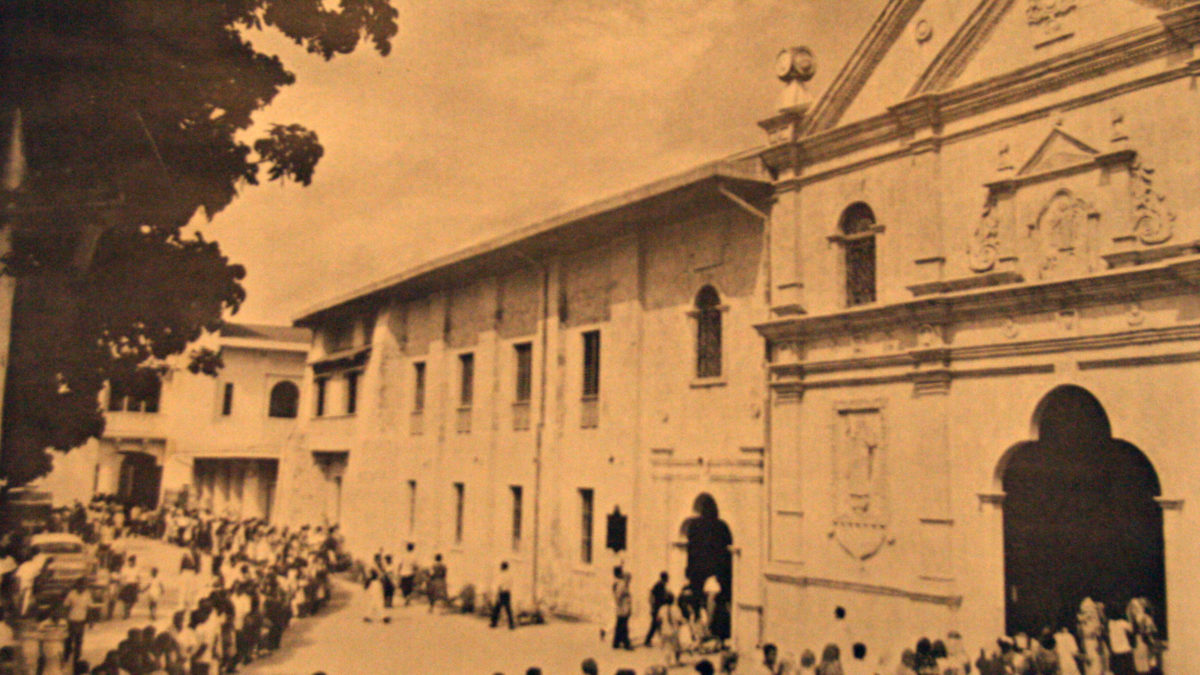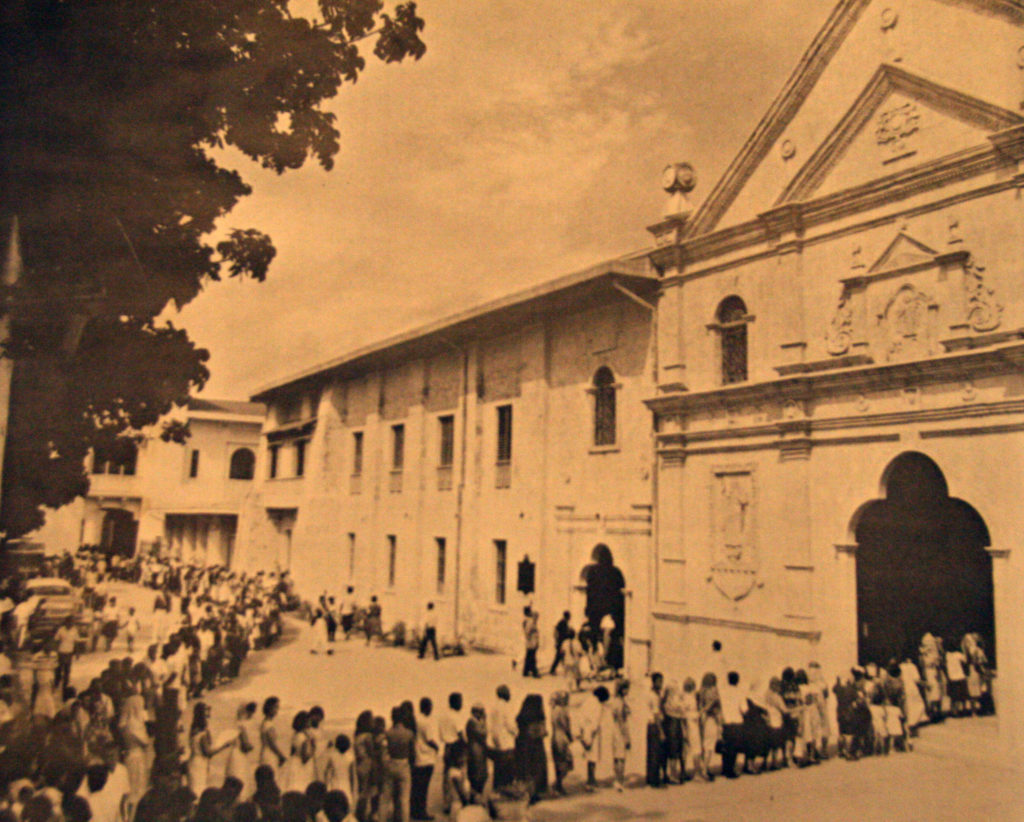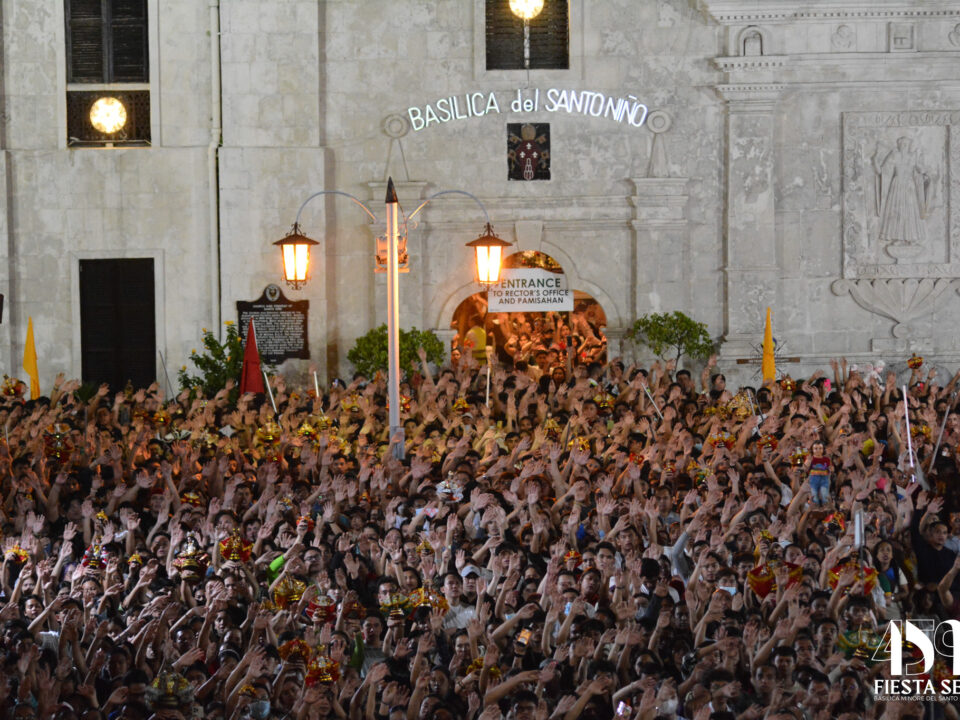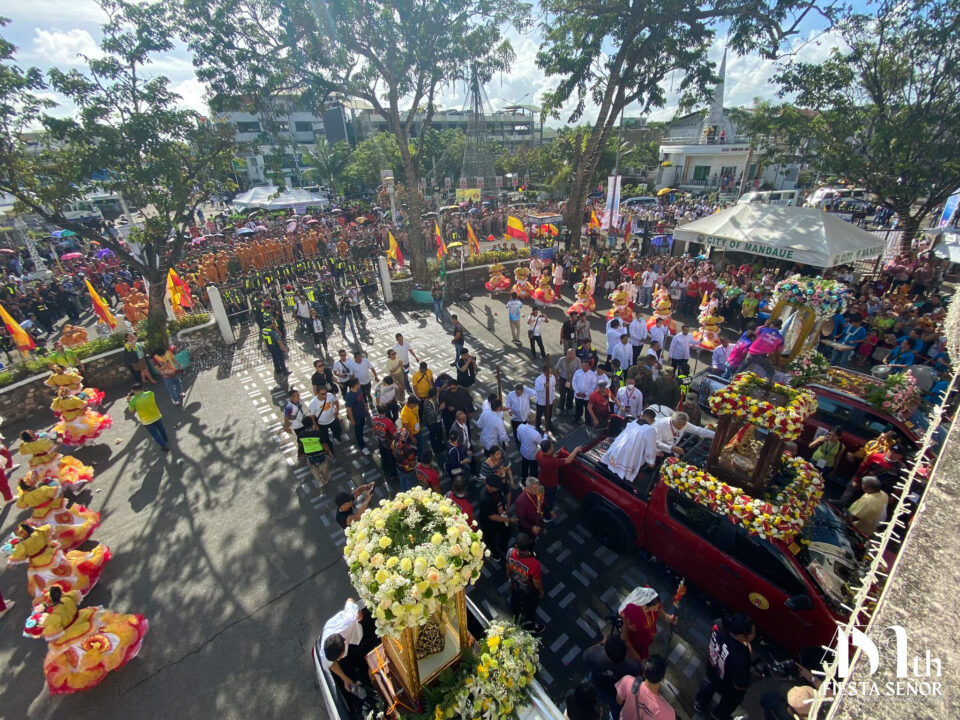What is the significance of a Minor Basilica?


What is the significance of a Minor Basilica?
In the Philippines, there are only 14 Minor Basilicas that were granted with such title by different popes through the Congregation for Divine Worship and the Disciple of Sacraments. The Basilica Minore del Sto. Nino de Cebu is one of those churches that were granted with privileges, obligations and conditions as a minor Basilica. This is the 4th church to be declared a minor Basilica in the Philippines that was granted on April 1, 1965 via a Papal Bull Ut Clarificetur Nomen Domini Pope Paul VI. Moreover, with Basilica Minore of San Sebastian in Manila as first in 1890.
San Agustin Church is the former name of the Basilica Minore del Sto. Nino de Cebu. It was elevated into a Basilica on the occasion of the 4thcentenary of the Christianization of the country in 1965. The declaration was a kind of a gift of the Pope to the Philippine Catholic Church recognizing the significance of the church and the devotion of the Holy Child contributing to the development and growth the faith in the islands.
What is the significance of the Minor Basilica designation?[i]Here is a brief description about being called a minor basilica.

Event photo of the 4th centenary of the Christianization of the Philippines celebration in 1965.
Background on Basilicas
While somewhat familiar to Catholics, the term Basilica originally referred to a specific function and style of building in use during the time of the Roman Empire. A Basilica was a public building used by the Emperor or Judges for major events of noble import or significance. The structure was usually distinguished by columns, a long center aisle, and an apse within the building. It was into the apse that the Emperor or Judge would be seated.
As Christianity became the official religion of the Roman Empire, Basilicas were converted into churches, with the Altar and Tabernacle of Our Lord, Jesus Christ substantially present in the apse, the place once occupied by the Emperor. The Basilica thus became the “Royal House” that fulfilled the architectural and canonical functions that raise it to a place of honor and privilege.
Two Types of Basilicas
There are two types of basilicas – Major Basilicas and Minor Basilicas. First among the Major Basilicas is the Lateran Basilica of Saint John, which is the Pontifical Cathedral of the Holy Father as the Bishop of Rome.
There are Four Major Basilica’s in Rome: the Lateran Basilica of Saint John, the Vatican Basilica of Saint Peter, Saint Mary Major, Saint Paul-Outside-the-Walls, Saint Lawrence Outside-the-Walls, Saint Sebastian, and the Basilica of the Holy Cross of Jerusalem. Outside of the Eternal City, the Basilica of Saint Francis in Assisi and the Basilica of the Holy Sepulchre in Jerusalem are also designated Major Basilicas.
Minor Basilicas are those churches throughout the Christendom that have been given a special designation by the Holy Father. Reasons for bestowing this designation may be granted for architectural beauty, historical significance, liturgical renown, or for any combination of these attributes. A Minor Basilica shares a special relationship with the See of Rome and with the Holy Father. Various privileges and obligations of the Minor Basilica highlight this important attachment to the Holy See and the Supreme Pontiff.
What are the privileges and obligations of a Minor Basilica?[ii]
Privileges previously attached to the status of basilica included a certain precedence before other churches, the right of the conopaeum (a baldachin resembling an umbrella; also called umbraculum, ombrellino, papilio, sinicchio, etc.) and the bell (tintinnabulum), which were carried side by side in procession at the head of the clergy on state occasions, and the wearing of a cappa magna by the canons or secular members of the collegiate chapter when assisting at the Divine Office. In the case of major basilicas these umbraculae were made of cloth of gold and red velvet, while those of minor basilicas were of yellow and red silk—the colours traditionally associated with both the Papal See and the city of Rome.
These external signs, except that of the cappa magna, are sometimes still seen in basilicas, but the latest regulations of the Holy See on the matter, issued in 1989, make no mention of them. The status of being a basilica now confers only two material privileges: the right to include the papal symbol of the crossed keys on a basilica’s banners, furnishings and seal, and the right of the rector of the basilica to wear a distinctive mozzetta over his surplice. The other privileges now granted concern the liturgy of the celebration of the concession of the title of basilica, and the granting of a plenary indulgence on certain days to those who pray in the basilica.
The document imposes on basilicas the obligation to celebrate the liturgy with special care, and requires that a church for which a grant of the title is requested should have been liturgically dedicated to God and be outstanding as a center of active and pastoral liturgy, setting an example for others. It should be sufficiently large and with an ample sanctuary. It should be renowned for history, relics or sacred images, and should be served by a sufficient number of priests and other ministers and by an adequate choir.
Many basilicas are notable churches, and often receive significant pilgrimages. In December 2009 the Basilica of Our Lady of Guadalupe in Mexico set a record with 6.1 million pilgrims in two days for the feast of Our Lady of Guadalupe.
End Notes:
[i]https://stmaryoldtown.org/basilica/significance
[ii]https://ipfs.io/ipfs/QmXoypizjW3WknFiJnKLwHCnL72vedxjQkDDP1mXWo6uco/wiki/Minor_basilica.html





